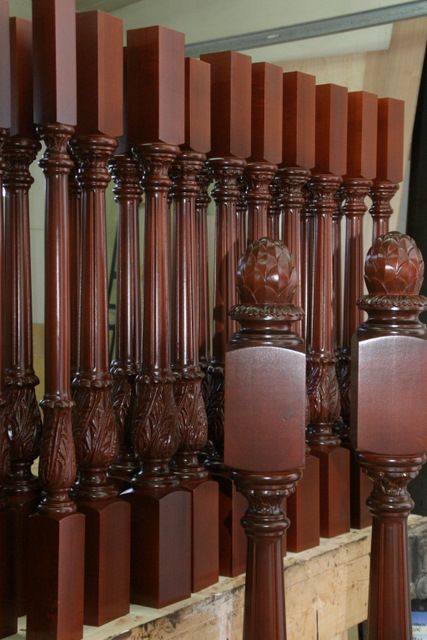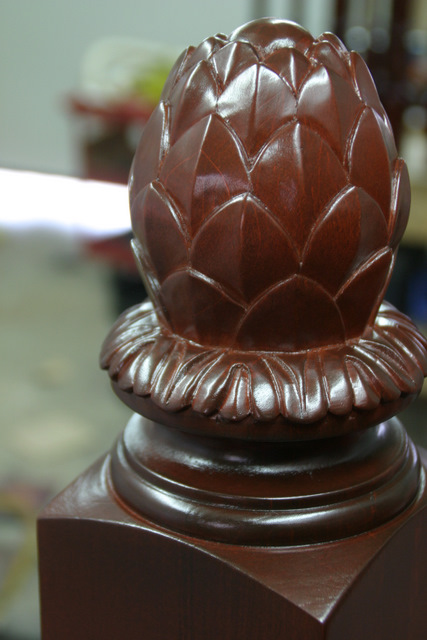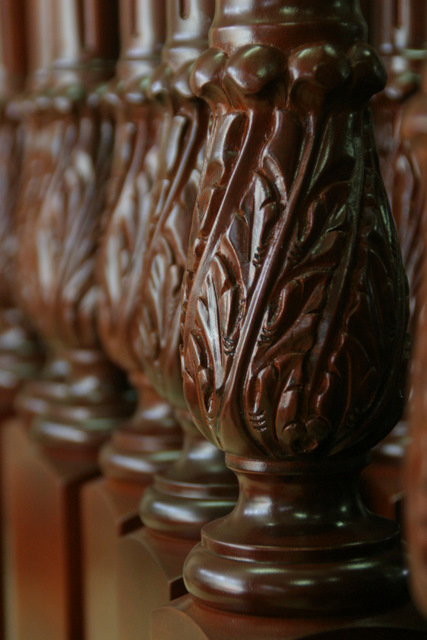Question
I want to tint Hydrocote Resithane pre-cat water based lacquer using Trans Tint dye. The effect I'm after is a transparent, lightly tinted topcoat that allows the grain to show through with as much depth as possible. I'm thinking I should spray a light coat of clear to seal the wood (to prevent uneven absorption of the dye) and then spray lightly tinted topcoats to get the depth and color I want, then topcoat with clear.
For this first trial, I'm spraying birch plywood shelves for a closet and want to tint the lacquer lightly with black tint. I'm not trying to make the shelves black, just a tint of black, transparent with a good buildup.
Forum Responses
(Finishing Forum)
From contributor D:
It will work perfectly. What you are making is called a toner and I use this technique all the time. You do not need to topcoat with clear unless you want more build. I use a toner over a wipe or dye stain quite often. I have used MLC WS2 stains with waterborne topcoats and CNA stains as well. The toner adds nice depth. Here are some spindles I did.



And contributor J, I have a feeling that solvent based lacquers aren't going to be around for much longer with the EPA closing in. And personally, I think they're right. If I'm going to spend the time trying to get used to a finish, might as well get on board with the future rather than the past. Besides, I don't have a fireproof booth to spray in and I like the idea of soap and water clean up as opposed to lacquer thinner - easier on the lungs. Most of my finishing is in the hand applied area anyway.
I am also concerned about the planet, my health and my wife and children's health. I should have been using waterborne years ago. I have been using it now for 4 years and I think I am one of maybe 5 shops in Saskatchewan that uses 100% waterborne products, and I am very proud of that fact.
By the way, I'm using a Grayco HVLP gun with the 3M PPS cups. I think I need to mix the lacquer in a separate container and then pour it into the cup. I would end up with a more consistent coloring. I know, duh! Hey, I'm new at this, but giving it my best shot.